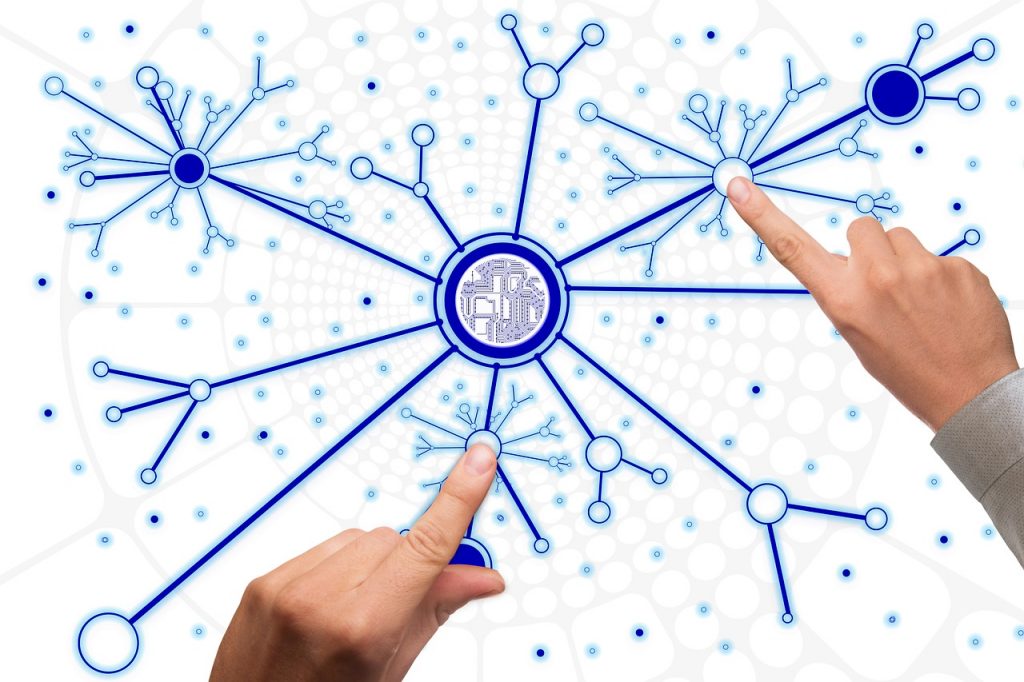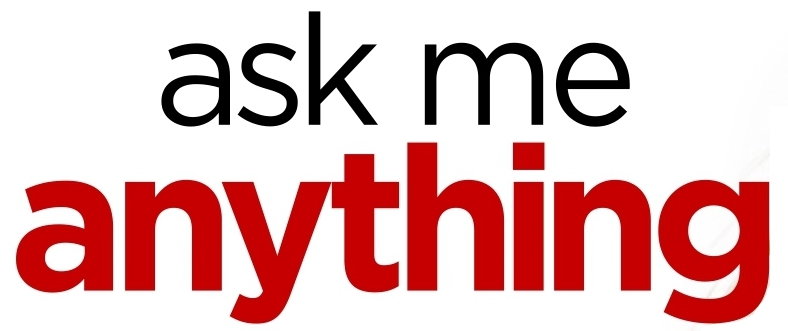
Americans are in love with data, big data, analytics, artificial intelligence and machine learning.
… and the rest of the world is catching the same disease.
Data is important, don’t get me wrong, but it is only one side of the coin driving innovation and operational success.
On the other side of the coin is intuition.
As smart organizations try and make greater use of human-centered design, empathy and intuition can and must play an increasingly important role.
Bruce Kasanoff states that “Intuition is the Highest Form of Intelligence” in his article on Forbes.
Intuition is incredibly important to human-centered design from the standpoint that an “intuitive” design taps into our shared understanding as humans of how things should operate.
Intuition is the secret sauce of the quantum human computer, and as the pace of change AND complexity both accelerate, we must change our brain function to develop not just our intellectual capabilities but our instinctual capabilities as well.
Nobel Prize winner Daniel Kahneman wrote about these two ways of thinking in his book Thinking, Fast and Slow. Let’s look at a short video looking at intuition, science and dreams:
Science Intuition and Dreams – Dean Radin
Dreams can be an incredibly powerful tool for innovation, in fact the Nine Innovation Roles that play an important role in the best-selling book Stoking Your Innovation Bonfire came to me in a dream. Many experts recommend that you keep a pen and a notebook next to your bed to capture these flashes of brilliance.
Dreams and shared understanding are but two manifestations of intuition, of our interconnectedness with each other and energies greater than ourselves. But how do we leverage our intuition for innovation?
One way is to use your innovation as an input to use with a tool like The Experiment Canvas™:
Which is available as a free tool here on my web site from the forthcoming Disruptive Innovation Toolkit™.
You can use it to craft a hypothesis based on your intuition that you want to test, it keeps you focused on what you hope to learn during the experiment, and to consider the setup, operation, and wrapup of your experiment – among other things.
Too often people ignore their intuition because it doesn’t seem scientific. But, turning intuitive insights into hypotheses to test will help you overcome your hesitancy until you train your intuition and to learn to trust it as the potential human quantum computer that it could be. The other reason that people ignore their intuition is that well, they just can’t hear it. For many people, their intellectual mind is so busy that they can’t receive and react to what their intuitive mind is telling them.
Here is an interesting video that highlights these two points and how humans communicate behind the scenes:
Are you drowning out your intuitive mind? Are you failing to consider what is saying, and to test its assertions?
If so, please stop it, and learn new ways to keep innovating!
SPECIAL BONUS:
If you’d like to watch and learn even more about intuition…
Here is a video on Nikola Tesla and the Power of Intuition:

![]() Sign up here to get Human-Centered Change & Innovation Weekly delivered to your inbox every week.
Sign up here to get Human-Centered Change & Innovation Weekly delivered to your inbox every week.





